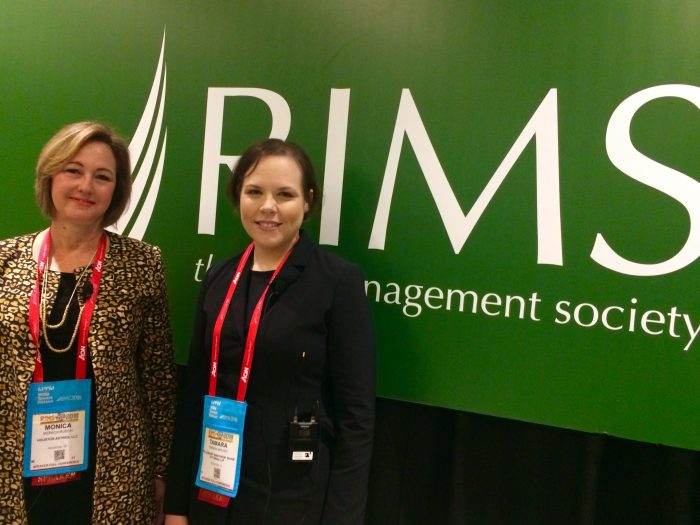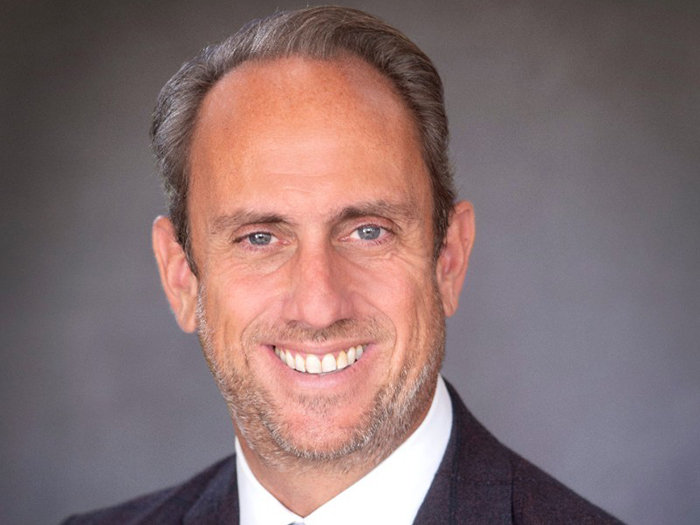2018 RIMS
Risk Management Tips for Sports Organizations

Want to help your team win off the field as well as on? Then invest in your risk management program, said Monica Rusch, senior director, risk management of the Houston Astros. At a RIMS 2018 presentation on April 18, the 29-year veteran of the baseball organization, along with Tamara D. Bruno, counsel from Pillsbury, Winthrop, Shaw and Pittman LLP, offered attendees practical and tested tips for mitigating ever present risks.
When teams win big, everyone from the players to the fans to the front office is thrilled. But the bigger the win — think World Series champs — the bigger the risks, especially to players.
“There is increased player recognition. Everyone wants to be near the players. Everyone wants to get close to them,” Rusch said. “Even the lesser known players become well known. It’s a new risk every time we get to another level.”
The coveted World Series rings are worn with pride by the players and other members of the organization, but these, too, present a new risk, Rusch said. Safety and theft become additional risks.
“Everyone wants to be near the players. Everyone wants to get close to them. Even the lesser known players become well known. It’s a new risk every time we get to another level.” — Monica Rusch, senior director, risk management of the Houston Astros
But your sports organization doesn’t need to be world champs to be exposed to risk. No two games are exactly alike, so risk varies for each game. An organization’s risk mitigation strategic and tactics need to be tailored. Bruno described how a game between a Texas rivalry called for more security, a closer watch on attendance and other strategies to mitigate risk, above and beyond what is needed for a “less emotional” match-up.
The key to being effective is conducting ongoing training and communication effectively. Training can be taught or self-paced through online training. It teaches best practices and documents your organizations’ efforts should an incident occur. And communication involves constant dialogue with all team members — and a lot of listen in addition to providing information.
Also crucial is having written policies, procedures and consequences. These also document your organization’s efforts. Rusch joked that when anyone leaves their keys in their golf cart and walks away, they know to look for the keys in her office — and they know they’ll be directed to re-take their safety training.
Risks are everywhere and good risk managers are always listening, looking and anticipating those risks. From spectators getting hit with foul balls to stadium slip and falls to player collisions, a good risk manager has a plan in mind to prevent and mitigate risks whenever possible and deal with the aftermath when something does happen. &










